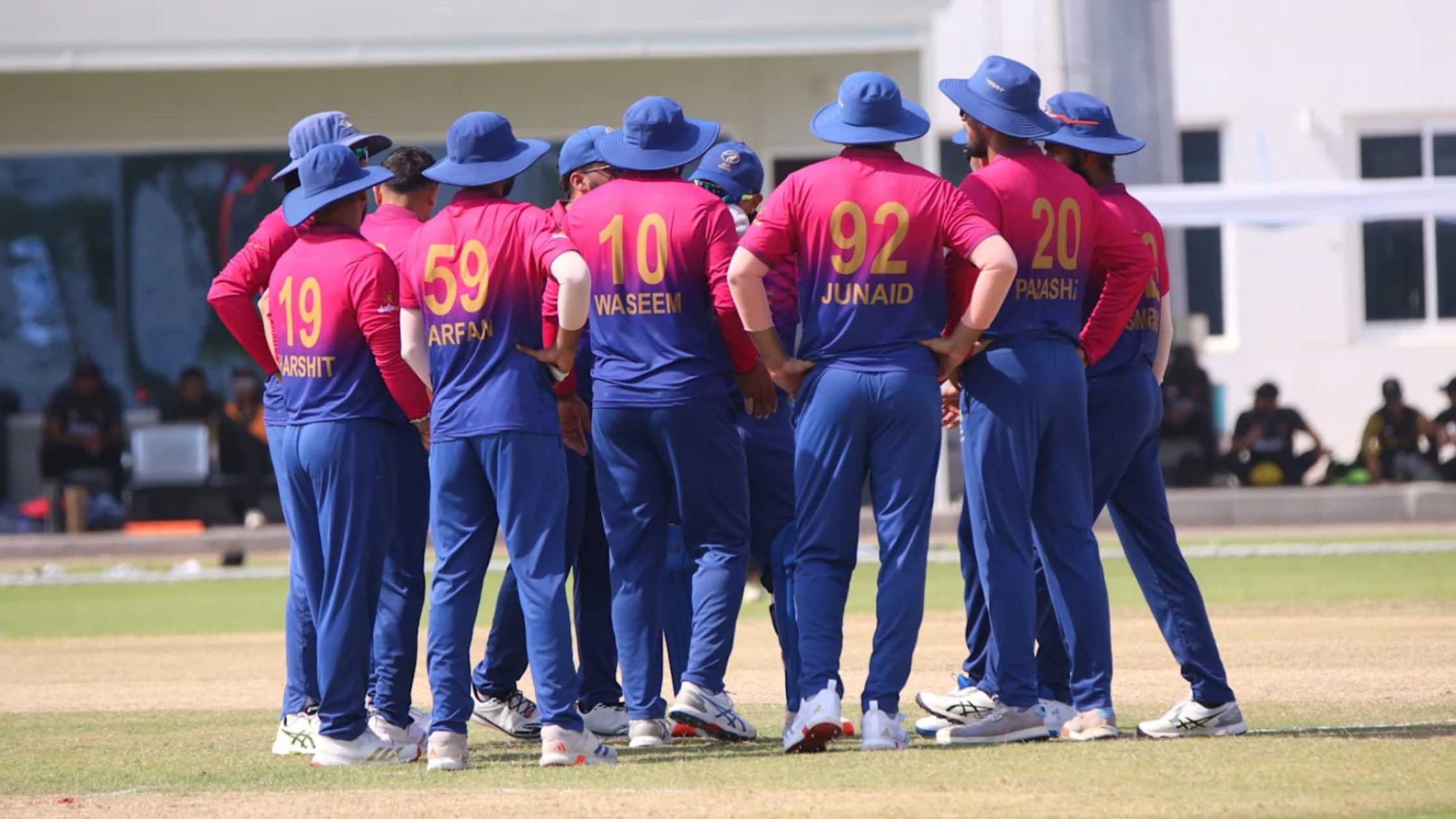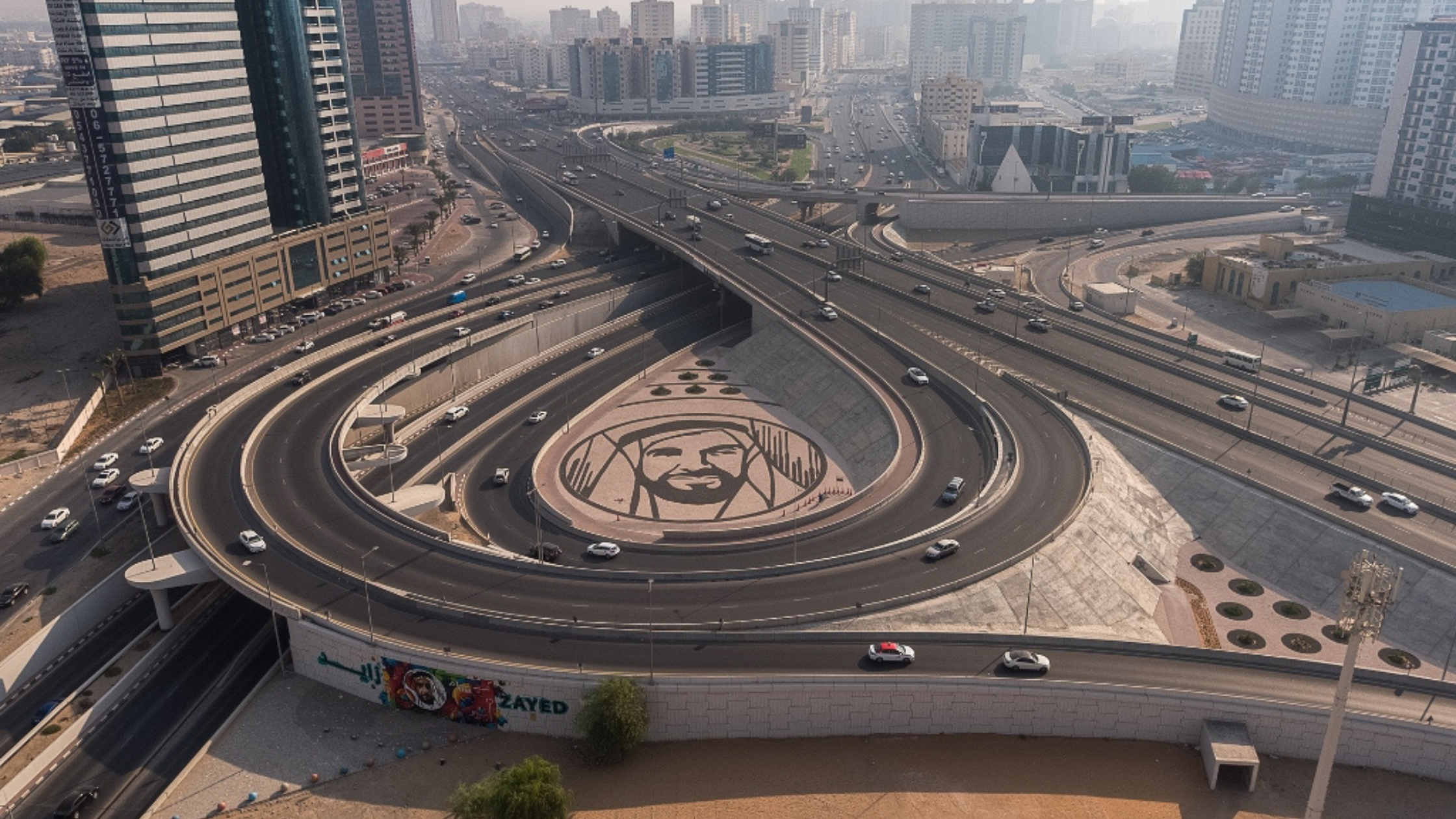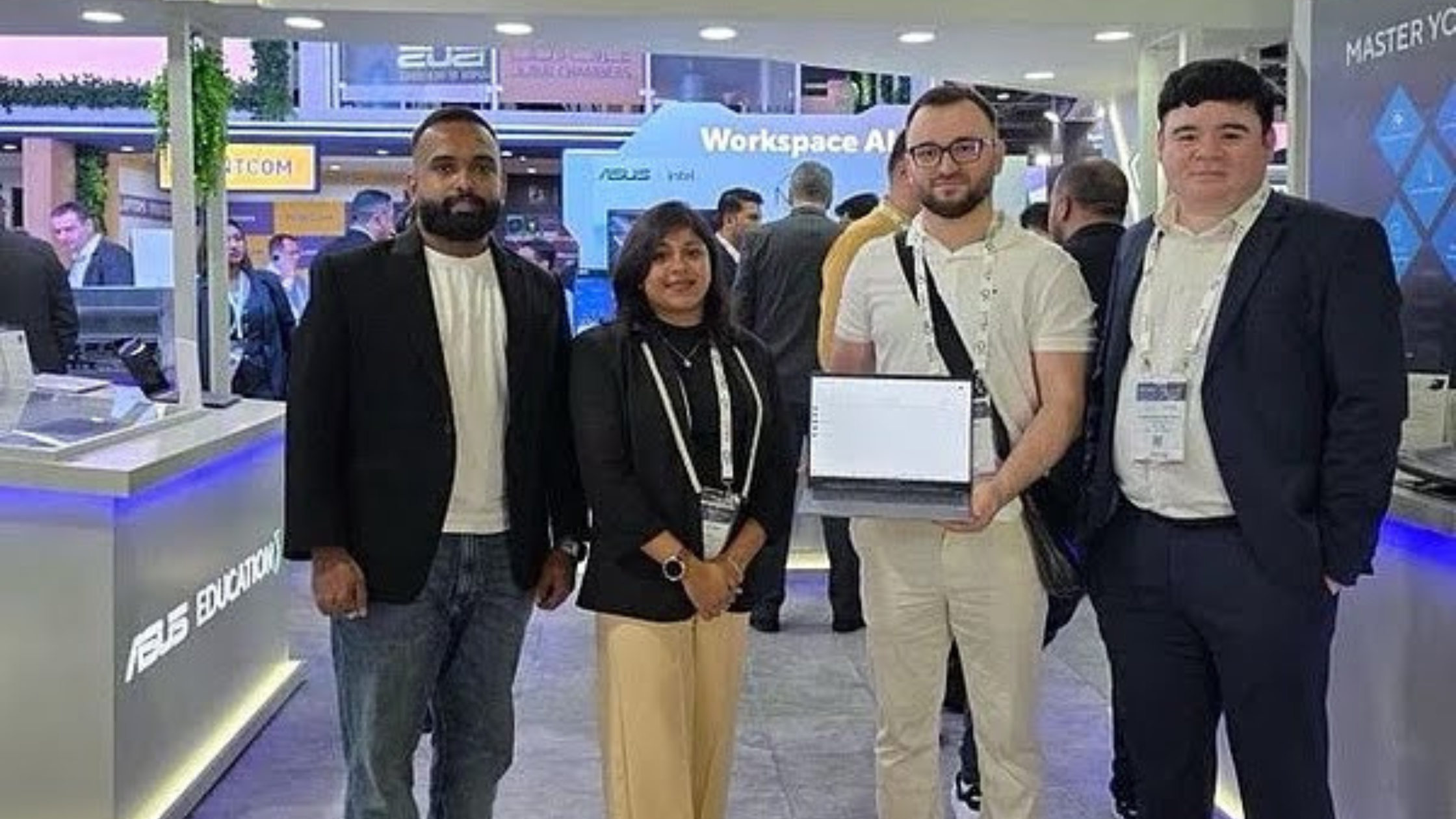Dubai Metro Station Expanded to Handle 220,000 Daily Passengers

In a significant step towards enhancing urban mobility, Dubai’s Roads and Transport Authority (RTA), in partnership with Emaar Properties, announced the expansion of the Burj Khalifa–Dubai Mall Metro Station. This move aims to accommodate the continuously growing number of commuters, especially during national celebrations, festive holidays, and globally watched events like New Year’s Eve in Downtown Dubai.
The station, located near the world-renowned Burj Khalifa and Dubai Mall, currently stands as one of the busiest transit points in the entire Dubai Metro network. With the new expansion plan in place, the daily capacity of the station will soar to 220,000 passengers—a transformation that reflects Dubai’s broader vision of future-ready infrastructure by 2040.
Station Size and Capacity to Significantly Increase
The project entails increasing the station’s built-up area from 6,700 square meters to 8,500 square meters. This 27 percent expansion will result in a 65 percent surge in passenger handling capacity—growing from 7,250 passengers per hour to an impressive 12,320.
This development is not merely about physical space. It is engineered to reduce congestion, especially during peak hours and monumental events like the New Year’s Eve fireworks around Burj Khalifa that attract over 100,000 visitors to the vicinity in just a single evening. The enhancements are carefully planned to improve the flow of people through more efficient entry and exit systems, expanded pedestrian pathways, and new access points.
Burj Khalifa Station: A Vital Link in Dubai’s Metro Grid
According to Matar Al Tayer, Director General and Chairman of the Board of Executive Directors at RTA, the Burj Khalifa–Dubai Mall Metro Station plays an instrumental role in the transport ecosystem of Dubai. He stated, “It is one of the most important stations in the Dubai Metro network due to its strategic location near Burj Khalifa, Dubai Mall, and Downtown Dubai. The station is the most convenient choice for residents and visitors heading to these key destinations, especially during New Year celebrations and national events.”
This station has seen an average annual growth of 7.5 percent in ridership over the last five years, reflecting Dubai’s rising population, increased tourism, and the public’s shift toward mass transit.
A Transit Hub for a Growing City
The Burj Khalifa–Dubai Mall Metro Station is more than just a stop on the Red Line; it’s a hub that connects tourists and residents to cultural, commercial, and leisure hotspots in the heart of Dubai. With Dubai Mall drawing more than 100 million visitors annually and the Burj Khalifa attracting millions of international tourists each year, the metro station must evolve in step with its surroundings.
Additionally, the station’s strategic importance is magnified during mega-events like Expo 2020 and the upcoming COP28, where a robust and efficient public transport network is not a luxury but a necessity.
Part of Dubai’s 2040 Urban and Transport Vision
Dubai’s 2040 Urban Master Plan envisions a 20-minute city—where 80 percent of residents’ daily needs and destinations are within a 20-minute reach. Expanding metro stations like Burj Khalifa–Dubai Mall is an essential part of making that vision a reality. With the city expecting millions more in population by 2040, these infrastructure enhancements ensure sustainability and accessibility in one of the world’s most dynamic metropolises.
This expansion also complements the upcoming Dubai Metro Blue Line project—adding 30 km of track and 14 stations, including advanced connectivity to the Dubai Creek Harbour. With construction commencing in 2024, the entire Dubai Metro ecosystem is undergoing a futuristic transformation.
A Joint Initiative With Emaar Properties
The project is being delivered in collaboration with Emaar Properties, the real estate giant responsible for developing much of Downtown Dubai. Emaar’s involvement reflects the integrated approach Dubai adopts in aligning infrastructure development with private sector participation.
This public-private synergy ensures that urban planning, mobility, and tourism evolve hand-in-hand to elevate the city’s global competitiveness.
Why This Expansion Matters Now
Over the last few years, Dubai has emerged as a benchmark in transport innovation. From autonomous vehicle trials to hyperloop feasibility studies, the city is exploring next-generation mobility. However, the metro system remains its most successful and efficient mass transit tool.
With over 275 million rides taken on the Dubai Metro in 2024 alone and rising demand projected for 2025 and beyond, the system’s core stations need to scale to support this momentum. The Burj Khalifa–Dubai Mall station is one of the most affected, especially during the winter tourist season when Downtown Dubai becomes the epicenter of cultural and entertainment activity.
The New Year’s Eve fireworks, hosted annually at Burj Khalifa, routinely lead to capacity overflow. Over 110,000 passengers passed through the station during the 2024 celebrations, underscoring the urgency for expansion.
More Than Numbers: A Better Commuter Experience
The station expansion also focuses on commuter comfort. With additional escalators, elevators, fare gates, and improved air conditioning and lighting systems, passengers will benefit from faster, smoother, and more pleasant journeys. These additions aim to support not only higher numbers but also higher standards.
Accessibility remains a key priority. With Dubai’s continuous efforts to promote inclusive urban spaces, the new station upgrades will enhance travel for people of determination and the elderly, ensuring that the station caters to every segment of society.
Sustainability Through Public Transport
Dubai’s long-term sustainability goals depend heavily on shifting more people to public transport. The RTA targets 45 percent of all daily trips to be made via mass transit by 2030. Expansions like the one underway at Burj Khalifa–Dubai Mall are critical to achieving this.
By providing a reliable, efficient, and spacious metro system, Dubai not only reduces road traffic but also cuts down carbon emissions, aligning with its commitment to green and smart urban living.
A Future-Ready Metro Station for a Future-Ready City
The expansion of the Burj Khalifa–Dubai Mall Metro Station is not just about accommodating more passengers—it represents Dubai’s broader commitment to becoming a world leader in smart mobility, urban development, and quality of life.
As the city continues to attract residents, investors, and tourists from across the globe, the infrastructure must scale accordingly. This initiative by RTA and Emaar showcases how thoughtful planning, strategic investment, and forward-thinking vision can come together to create transport solutions that serve today’s needs while anticipating tomorrow’s challenges.
By 2040, this metro station—already iconic for its location—will likely become a model for how infrastructure keeps pace with the aspirations of a rapidly growing city.







